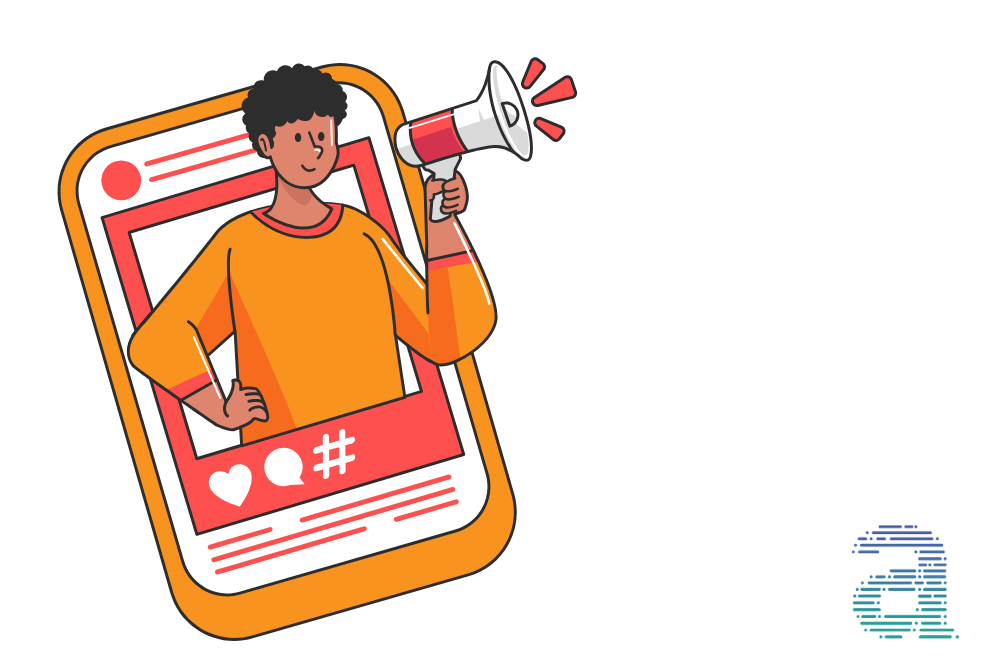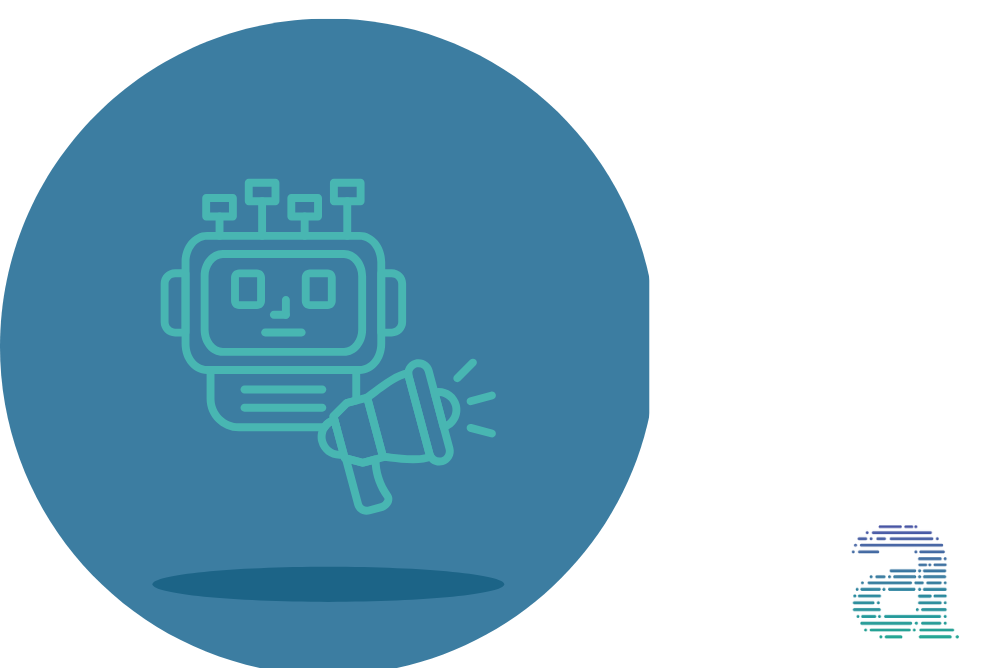How Brand (Experience) Solutions Are Transforming Customer Loyalty
Ravish, ex-CMO at a Fortune 500 company who had now launched his ecommerce business, was at cross roads. The writing on the wall was clear – he must deliver 250% revenue growth in the next 9 months or risk losing investor confidence. The Board demanded him to align all of his marketing budget to performance-focused […]
- July 08, 2025
- 5 minutes read

Ravish, ex-CMO at a Fortune 500 company who had now launched his ecommerce business, was at cross roads. The writing on the wall was clear – he must deliver 250% revenue growth in the next 9 months or risk losing investor confidence. The Board demanded him to align all of his marketing budget to performance-focused campaigns. Yet, for a business that was two years old, his experience told him this that establishing its purpose through a brand ecosystem was equally critical. Even before Value on Investment (VoI) emerged as a trend, brand equity was a non-negotiable for old-school marketers.
Fortunately for Ravish, he was eventually able to build a case for 80:20 allocation. Most CMOs, even in matured markets, struggle with it. Here are top takeaways from his winning case:
Why Brand Solutions Make Business Sense in 2025
D2C marketing that stops at performance metrics doesn’t earn trust and retention
As feeds get cluttered with non-differentiated messaging, customers want to buy from companies that are not just here for easy transactions; even established brands such as Nike had to re-invest in engaging over selling alone to sustain retention and revenue growth.
D2C marketing campaigns that only sell don’t drive content shareability or affinity
No matter how much you optimize campaigns, nothing beats organic lead gen as a result of social sharing. An OOH campaign by Assana, a wellness clinic in Chennai, went viral on online for its quirky appeal. The RoAS on this one, is well beyond what the campaign dashboard can track.
D2C marketing that leaves out the brand story doesn’t lead to brand-specific queries in an AI search environment
The marketing and sales funnel are now one. This accelerates how much you want your brand to show up in AI-driven search. When you invest in brand experience solutions at every touchpoint, you build top-of-the-mind recall; let customers cue AI to seek your content!
How Brand Solutions Are Transforming Customer Loyalty Through Full-Funnel Experience in 2025
Retention is the strongest business flex in the current commerce environment. How do you build it? By putting Brand (Experience) solutions at the core of your retention marketing strategy.
Authentic story-telling across the funnel = shared purpose
Customers are already defining your business’s brand experience based on their interactions. When your marketing assets address customer needs over product/service features at every stage – awareness, consideration, purchase, and most importantly, post-purchase, – you validate their decision at a deeper level.
For instance, Asian Paints hosts a vibrant community around beautiful homes that appeals to home owners throughout their journey.
UGC-focused brand solutions = sense of belonging and community
Brand solutions that connect your customers to each other, and get them talking about their shared challenges is any marketer’s wet dream. It allows customers to associate a whole different level of warmth with your brand.
For instance, Wakefit’s Sleep Internship IP, which addresses urban India’s insomnia crisis and customers in different stages of their buying lifecycle.
Creator co-owned experiences = elevated value
Creator communities often outdo brand communities, and for good reason. While roping in creators for awareness and conversion campaigns remains an effective tactic, visionary marketers tend to go beyond. They co-create middle-of-the-funnel experiences to win customer confidence.
For instance, a Merck India’s Effexx IP translated into the brand being able to command a market premium.
Top Frameworks for Brand (Experience) Solutions
Figuring out a strategy for brand solutions that lend to customer loyalty shouldn’t have to be rocket science. We’ve put together some proven frameworks savvy marketers use to guide their brand (experience) solutions:
The Campaign + Connect Framework
This framework is about investing in a hero asset (often an audacious campaign) that sets the tone for high-impact storytelling at every touchpoint. From byte-sized social media content to chat bots that converse on campaign-related statistics, this framework works when you want to reiterate your purpose and drive loyalty.
The Troubleshoot Framework
A strategy that empathises with the customer and their troubles through a series of brand assets – a needs-first website, scenario-driven newsletters, and performance campaigns that elevate the appeal of the solution. The perfect framework when you are building a category or have a push-driven product.
The Authority Value Framework
AI has created an abundance of average. While your customers are lapping it up, they appreciate access to something extraordinary. And that only come from real authority sources. When you catapult your brand (experience) solutions to deliver such a value across touchpoints, you win applaud, respect, and loyalty; your go-to-framework when you have a clear market advantage.
In a nutshell, brand (experience) solutions can drive customer loyalty and retention when aligned with full-funnel marketing. This demands you to look beyond standard digital marketing agencies and tactical vendors. You need a marketing partner that understands what it takes to deliver Value on Investment (VoI).
At Asymmetrique, we’ve helped marketers at all of these spectacular businesses unlock such value.
Don’t take our word for it. Let’s talk.
FAQ
In a fast-maturing commerce environment, customer experience is key to customer loyalty and retention. It builds trust, an essential trigger for purchase decisions among millennials and Gen Z.
Brand solutions cut through the clutter and screen fatigue to deliver experiences that foster affinity and trust. This translates into customer loyalty, and possibly, retention.
AI helps in delivering a consistent customer experiences across touchpoints and channels at scale.
Absolutely. Full-funnel marketing allows you to engage customers with a consistent brand narrative through the different stages in their journey, elevating brand experience.
Better CX strategies help D2C brands express their purpose with great efficacy. This fosters stronger, distinct customer relationships that drive high engagement.

About Asym
We are on a mission to be the leading solutions partner to growth-focused marketers such as yourself.
We accomplish our mission by crafting unique, high-value solutions that leverage good tech, great talent, and timeless marketing fundamentals.
Are you ready to relicalibrate in an industry that’s lost to chasing trends?




